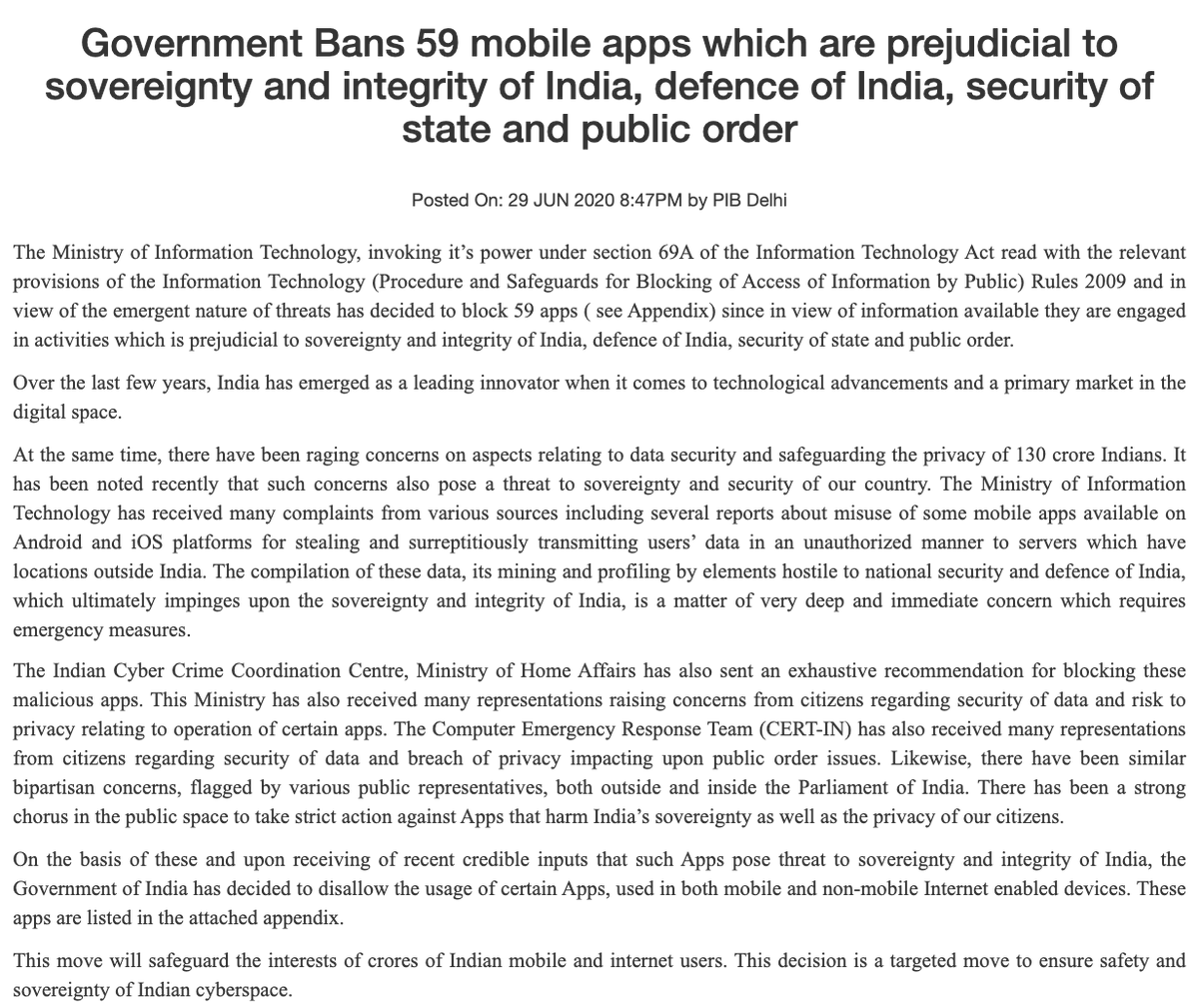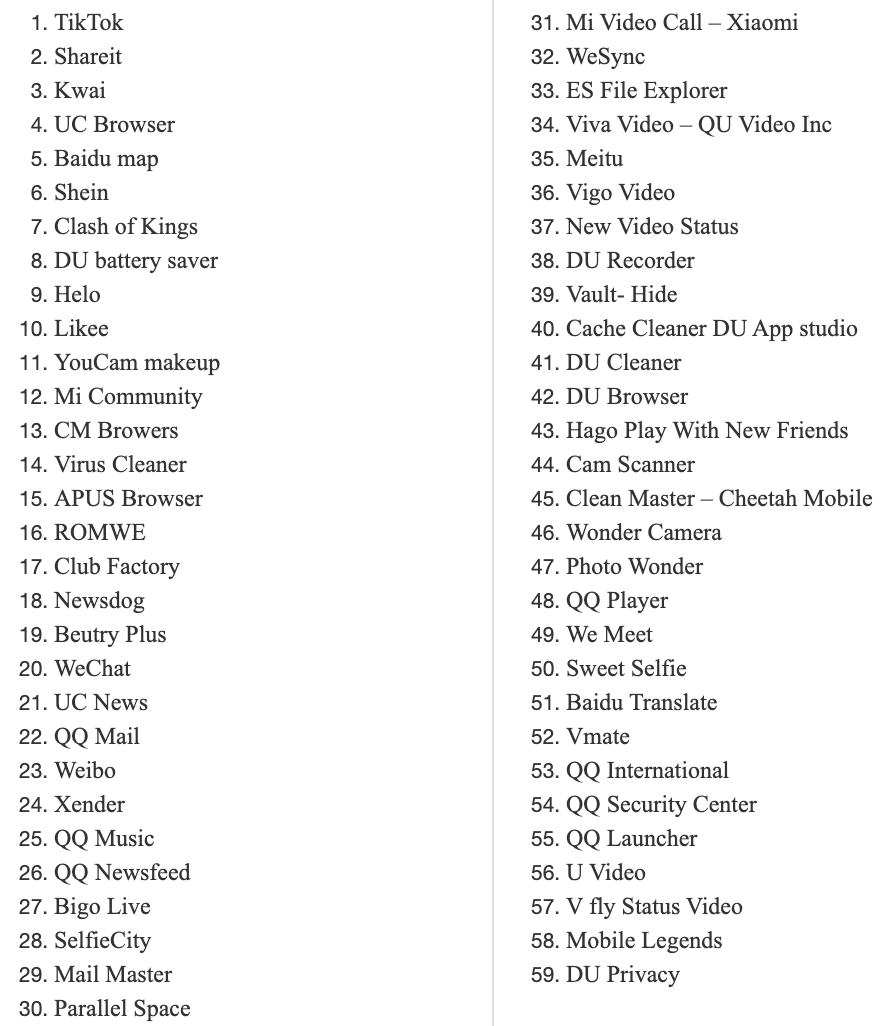- Pay attention to the in-between "alignment" space
- Non-alignment ≠ no alignment 1/
My book indeed looks at the conditions under which India aligned vs China:
- w/ the US (from 1962)
- w/ the USSR (from 1971)
- faces a clear & present challenge
- unable to deal with it on its own
- desire to diversify dependence on multiple partners thwarted
- a willing partner/set of partners to tilt toward
- leadership has sufficient political capacity to tilt/align
- Challenge: China, war raging
- India couldn’t tackle it solo
- Soviet Union took 🇨🇳’s side or stayed neutral; stalled mil supply, told 🇮🇳 to accept 🇨🇳 offer
- US (+ Aus, UK, WGer etc) willing to help
- Public support for tilting; any elite opposition ↓ by 🇨🇳 threat
- Challenge: China’d enter a likely war on behalf of Pak
- India cldn’t tackle it solo
- US rapprochement w/ 🇨🇳 meant its implicit assurance vs 🇨🇳 off the table; 🇺🇸 aligned w 🇨🇳🇵🇰
- USSR willing to help
- Public support for tilting; elite oppo ↓ by 🇨🇳🇺🇸, poss 🇵🇰 war
Keep in mind that for India, then & now it’s also abt China vs non-China choices. & when it comes to that, it has aligned with those willing to support it vs China
- Give India leverage w/ China
- India build its own capability
- Balance China
Consider that both India & the US pursued the nuclear deal, knowing that China wld be unhappy about it.
It’s the Russia part that complicates the US partnership & confuses people re “non-alignment”
India isn’t aligning vs Russia, but it *is* aligning vs China. Even 🇮🇳's 🇷🇺 rel has 🇨🇳 motives
That means multiple partners to:
- hedge vs unreliability of any one
- not be over-dependent on any one
- exploit multiple options
This alignment won’t be exclusive, but most of 🇮🇳’s other options are 🇺🇸 allies/partners.
That’ll be unhelpful, if not counterproductive.





